This website uses a variety of cookies, which you consent to if you continue to use this site. You can read our Privacy Policy for
details about how these cookies are used, and to grant or withdraw your consent for certain types of cookies.
Category - Weirs
Blog

Supercritical Flow over Thin Plate Weirs
Weirs, like flumes, work by accelerating slow, sub-critical flow to faster moving, super-critical flow. The acceleration develops a know relationship between level and flow upstream of the weir itself. But what happens when the flow approaching the weir isn’t…
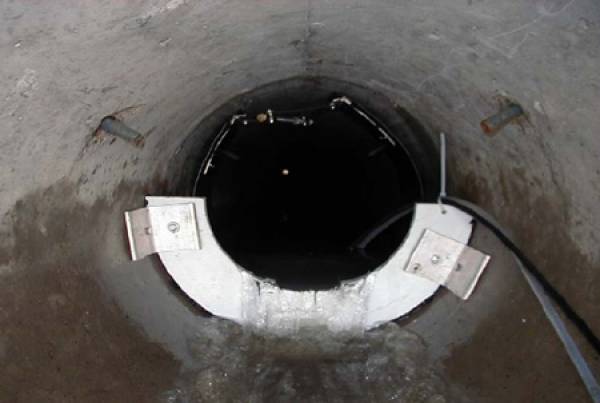
Flow Tables for Circular Weirs
Measuring open channel (non-full pipe) flows in round pipes can be difficult when measurement costs need to be low or where power is not available at the site. There are proprietary weir inserts available, but they can be inconveniently sizes or insensitive or unrated for the…
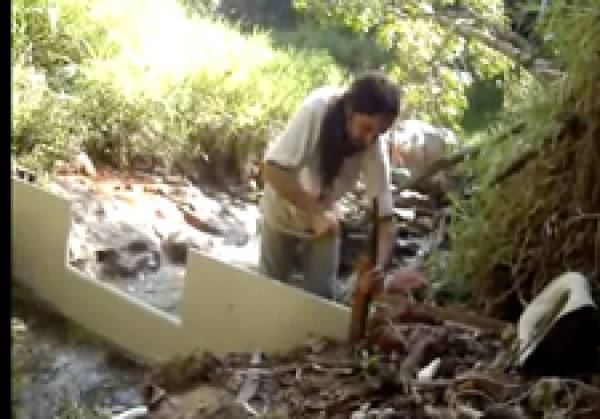
Installing a Weir Plate on a Natural Channel
YouTube user Pener Pã has posted an interesting video showing the installation of a Rectangular Weir Plate with End Contractions into a natural channel.
The video opens with the fabrication of the plate and its transportation to the installation site...
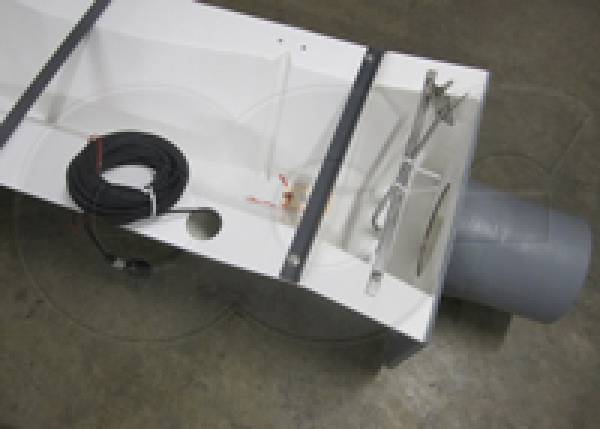
Mounting Pressure Transducers & Water Quality Probes in Flumes & Weir Boxes

Small Water Users and California SB 88

How Small Users Can Comply with California SB 88
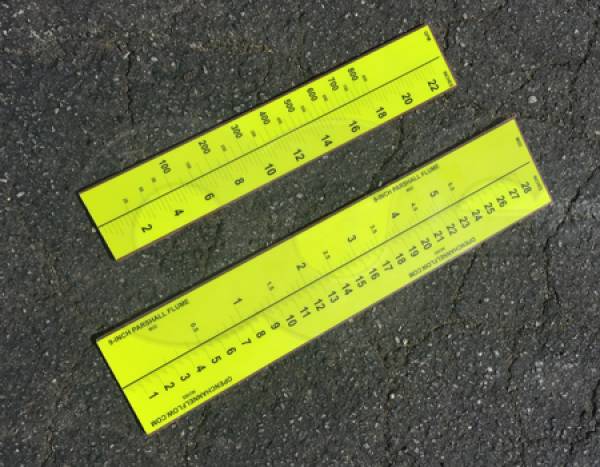
Flow Increment Staff Gauges
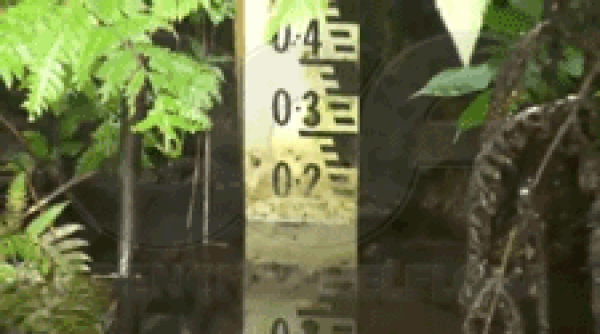
Staff Gauge Measurement Errors in Flumes and Weirs
There are several components to measurement errors when using staff (level) gauges to determine flow depth in a flume or weir. In general, staff gauge reading errors can be attributed to: Distance between the staff gauge and the observer The angle at which the gauge must be…

Recommended Monitoring Frequency of Seepage Flumes and Weirs
For those unused to measuring seepage from embankment dams knowing when to measure can sometimes be challenging. In its Embankment Dam Instrumentation Manual, the Bureau of Reclamation lays out how frequently inspections should be made. Note that the table below indicates…

Measuring Dam Seepage with Weirs and Flumes
Seepage through, below, or around an embankment dam is a critical indicator of the health and condition of the dam. The amount of seepage is normally directly related to the water level in the reservoir. However, any sudden change in the amount of seepage without an…
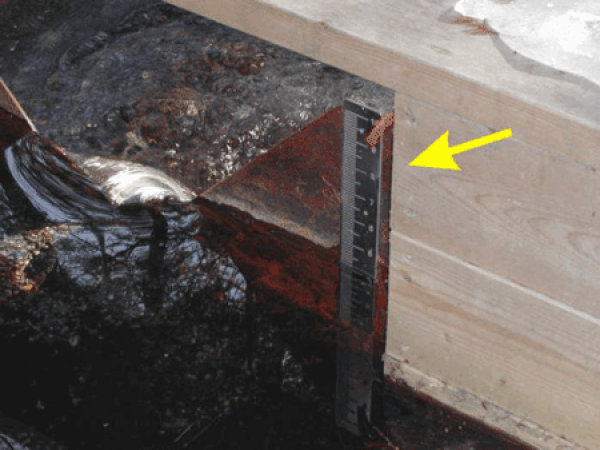
The Problem with Weir Mounted Staff Gauges
On the face of it, mounting a staff gauge on a weir plate to get the head / flow rate seems like a good idea. It works for on a flume, why wouldn’t it work on a weir? The problem is, as we have seen earlier, the water level in a weir pool draws down as the flow…
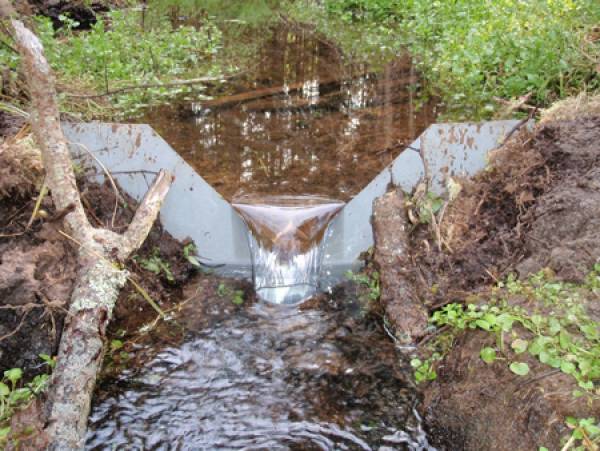
Water Levels and Weirs
A common problem in using weirs to measure water flows is reading the flow level too close to the weir plate. To understand why this is a problem we need to look at what happens as flow travels through the weir pool and then over the weir crest. In a properly formed,…

LOCATIONS IN ATLANTA, GA & BOISE, ID

